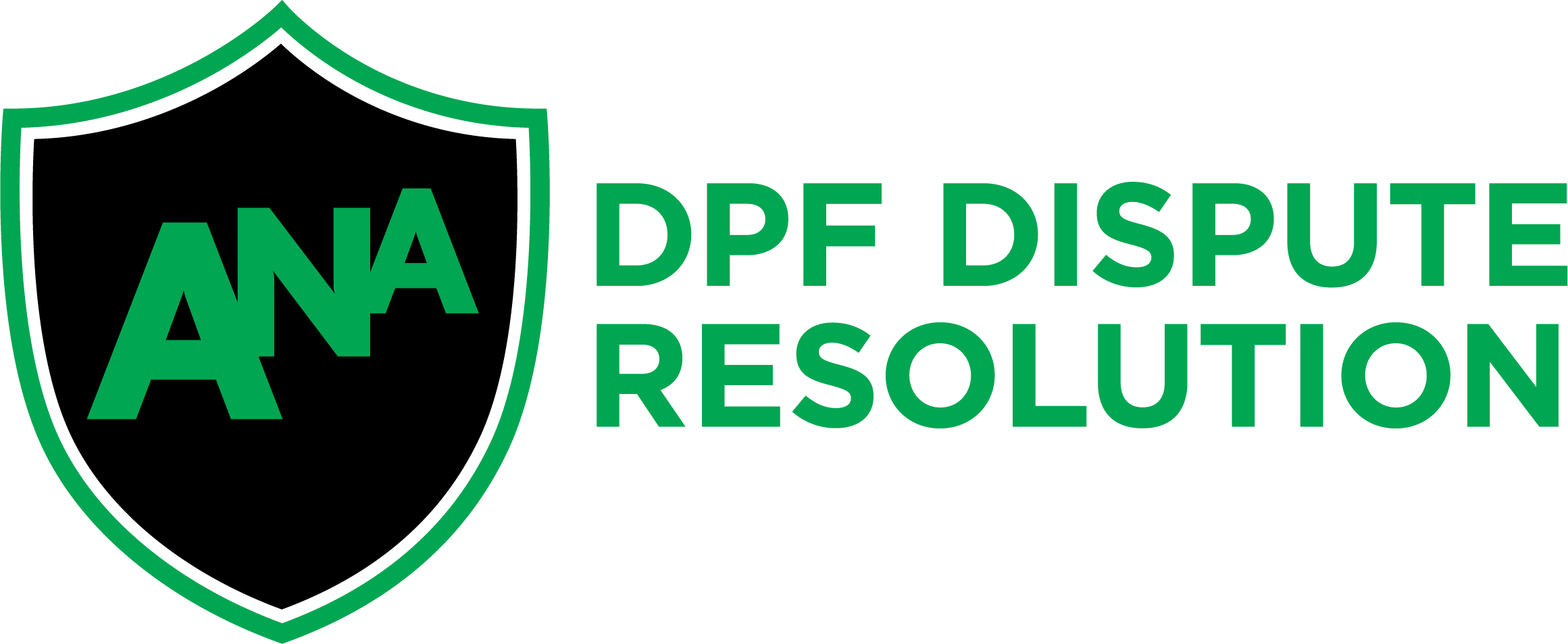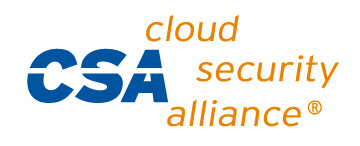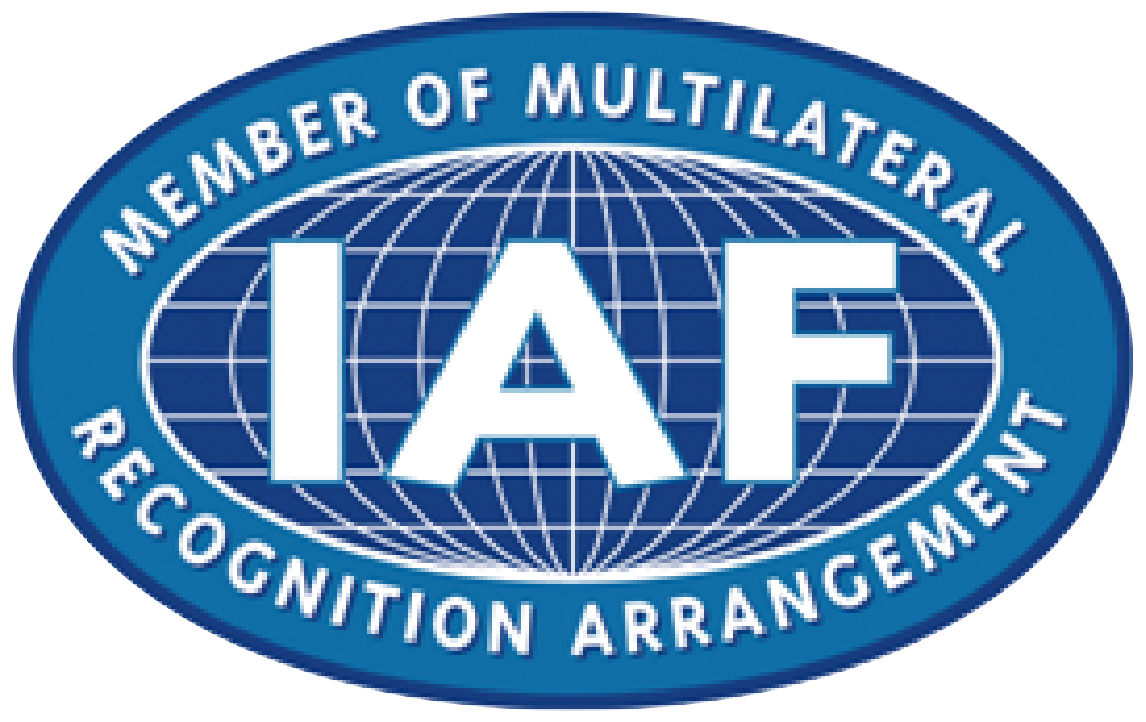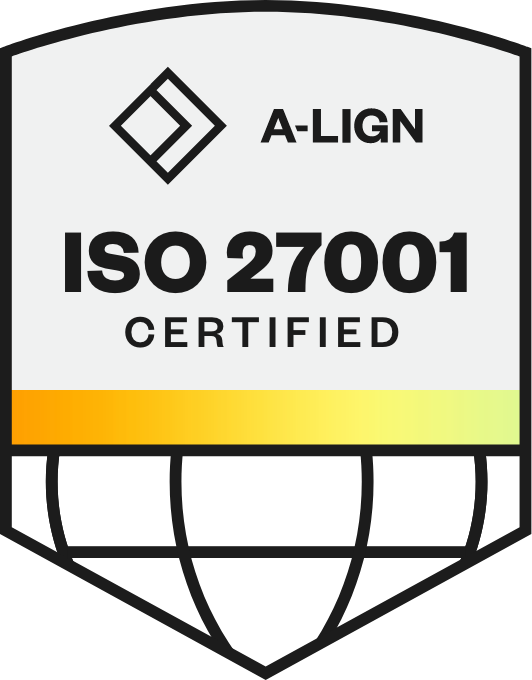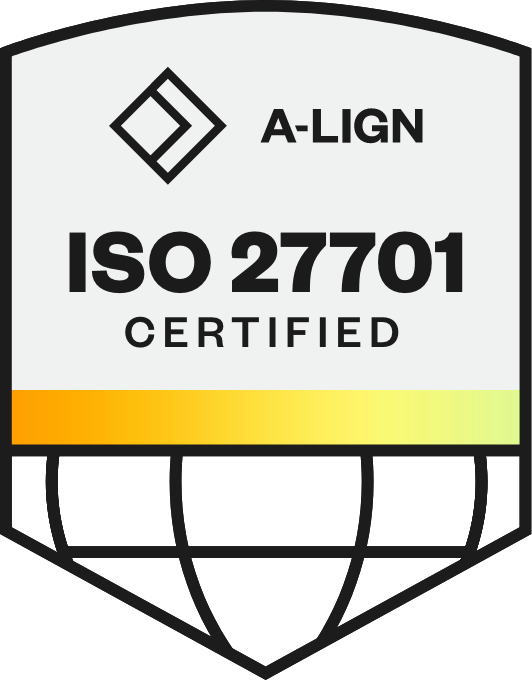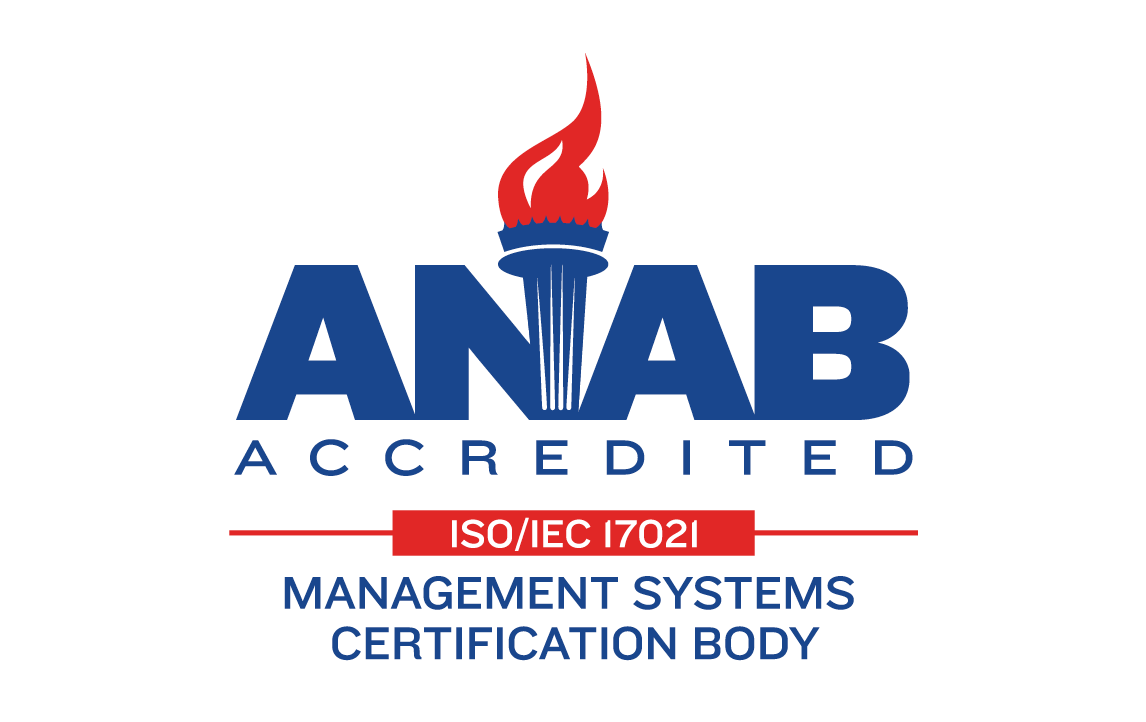
The Complete Employer Branding Guide: Strategies to Attract and Retain Top Talent
The way companies attract and retain talent is fundamentally changing. Candidates today navigate career decisions like informed consumers. They research potential employers comprehensively before applying — from reading employee reviews to examining company social media profiles and career site content. They analyze workplace culture through multiple touchpoints. Research shows that 49% of recruiting professionals believe employer branding will shape recruiting over the next 5 years. This research-driven approach means companies can no longer rely solely on competitive compensation and standard benefits to attract and retain top talent.
Organizations must actively manage their reputation as employers. Today, employer branding goes beyond conventional recruitment marketing. It involves creating a comprehensive narrative about your organization's culture, values, and employee experience. When done effectively, it attracts candidates who align with your company's mission and reduces turnover by setting accurate expectations.
This blog offers a comprehensive framework for developing an effective employer branding strategy that engages top talent and sets your business up for long-term success. You'll learn how to develop compelling employer value propositions, implement best practices across multiple channels, and measure success through concrete metrics.
In This Article:
What Is Employer Branding (And What It Isn't)
Employer branding represents the strategic process of promoting a company as an employer of choice to a desired target group by combining internal culture development with external perception management. This approach creates a clear narrative about what makes an organization unique as a workplace, while communicating what a prospective candidate should expect if they were to apply and accept a job offer from your hiring team.
Although employer branding often takes a back seat to corporate branding in many organizations, understanding the key distinctions helps clarify its strategic importance:
Brand Type | Primary Focus | Target Audience | Key Messaging |
|---|---|---|---|
Employer Brand | Workplace culture & employee experience | Current & potential employees | Career growth, culture, and benefits |
Corporate Brand | Products & market position | Customers & stakeholders | Innovation, quality, service |
Reputation | Products & market position | General public | Trust, reliability, values |
Key differences include:
Employer Brand vs. Corporate Brand: Corporate branding focuses on customer perception and market positioning, while employer branding specifically focuses on current and potential employees. A corporate brand might emphasize product innovation, whereas the employer brand highlights career development opportunities and workplace culture.
Employer Brand vs. Reputation: Reputation develops naturally through employee experiences and external communications. Employer branding involves an intentional strategy and messaging to shape that reputation proactively.
Internal + External Alignment: Effective employer brands achieve harmony between internal culture and external perception. When employees experience the values and benefits promoted in external communications, authenticity strengthens the brand's credibility.
Related: Employer Branding vs. Recruitment Marketing: What’s the Difference?
Why Employer Branding Is Critical for Hiring Success
Now that we understand what employer branding entails, let's understand why it's become essential for recruitment success. Today, candidates approach job searches with research-focused behaviors, investigating potential employers through multiple channels before engaging in application processes. This shift makes employer branding a fundamental component of the talent experience.
Candidate now spans across multiple touchpoints:
Job boards and career sites serve as primary research destinations
Social media platforms provide authentic employee perspectives
Professional networks offer peer insights and referrals
Review sites aggregate employee experiences and ratings
Industry events showcase company culture and leadership
Organizations that invest in authentic employer branding create advantages that build over time. When employees have positive experiences, they naturally become advocates, providing the employer brand credibility that paid marketing may not achieve.
The consequences of misalignment between brand expectations and workplace reality appear quickly in hiring outcomes. Candidates who discover gaps between the marketed culture and actual experiences often reject offers or move out, causing early attrition and distrust.
Key Benefits of a Strong Employer Branding Strategy
Understanding why employer branding matters naturally leads to exploring the advantages it delivers for organizations. Implementing a comprehensive employer branding strategy delivers measurable outcomes across multiple business areas, creating value through improved hiring metrics and employee engagement. These strategic advantages encompass:
Attracting Better-Aligned, High-Quality Candidates: Strong employer brands naturally filter applicant pools, drawing candidates whose values and career objectives align with organizational culture. This reduces time spent evaluating mismatched candidates and increases successful long-term hires.
Reducing Time-to-Hire and Cost-per-Hire: Organizations with established employer brands experience shorter recruitment cycles as qualified candidates actively seek opportunities with recognized employers. This leads to reduced advertising spend and faster decision-making processes.
Increasing Offer Acceptance Rates: Candidates familiar with and attracted to an employer brand show higher acceptance rates when presented with offers. This predictability enables strategic workforce planning and reduces the risk of losing preferred candidates.
Boosting Retention, Internal Mobility, and Engagement: Employees who connect with their organization's employer brand show increased engagement levels and retention rates. Clear career development messaging supports internal mobility initiatives and reduces external recruitment needs.
Improving Customer, Investor, and Partner Perception: Strong employer brands create positive effects that enhance overall organizational reputation among customers, investors, and business partners. This integrated brand strength supports business development opportunities.
Building Resilience During Challenging Periods: Organizations with established employer brands maintain talent attraction capabilities during difficult times. Employees and candidates who trust the brand narrative show greater loyalty during restructuring or market changes.
How to Create a Winning Employer Branding Strategy
With the benefits established, the next stage involves building a systematic approach to employer branding that delivers these outcomes. This structured method creates alignment across departments while maintaining focus on measurable business outcomes. This strategic framework consists of six interconnected phases:
1. Audit current perceptions (internal + external data)
Gather comprehensive data about existing employer brand perceptions through multiple research methods. Internal surveys reveal employee sentiment about culture, values, and workplace experience, while external research captures candidate and market perceptions.
Review online presence across career sites, social media platforms, and employer review sites to understand current brand messaging and employee feedback. Analyze recruitment metrics to establish baseline performance indicators.
2. Set measurable, business-aligned goals
Establish specific, measurable objectives that connect employer branding efforts to business outcomes. Examples include increasing qualified applicant volume, improving offer acceptance rates, or achieving specific ratings on employer review platforms.
Align employer branding goals with broader organizational objectives, such as expansion into new markets, diversity and inclusion initiatives, or employee retention targets, to maximize impact.
3. Collaborate across HR, marketing, and leadership
Create cross-functional teams that include HR, marketing, and senior leadership representatives to guide strategy development and implementation. This collaboration helps maintain consistent messaging, resource coordination, and executive support for employer branding initiatives.
4. Define your EVP
The employer value proposition (EVP) serves as the foundation for all employer branding communications, requiring careful development based on authentic organizational strengths and employee priorities. This process involves extensive research and stakeholder input to create compelling, distinctive messaging.
5. Plan for rollout across hiring, onboarding, and internal communications
Develop implementation plans that integrate employer brand messaging throughout the employee lifecycle, from initial candidate attraction through onboarding and ongoing internal communications. This reinforces brand consistency and strengthens employee connection to organizational values.
6. Track employer brand health using clear metrics
Establish measurement frameworks that monitor employer brand performance through quantitative metrics such as brand awareness surveys, offer acceptance rates, and employee net promoter scores. Regular monitoring enables continuous improvement and shows return on investment.
Crafting a Strong Employer Value Proposition (EVP)
Having outlined the strategic framework, we now focus on developing the cornerstone of any employer branding initiative: your EVP.
The employer value proposition represents the unique combination of benefits, opportunities, and experiences that an organization offers to employees in exchange for their skills, capabilities, and experiences. This strategic foundation guides all employer branding communications and helps organizations stand out in competitive talent markets.
Understanding Your EVP Foundation
An effective EVP articulates why talented candidates should choose and remain with your organization over alternatives. Unlike traditional benefit statements, compelling EVPs reflect authentic organizational strengths and address specific employee priorities.
While company values describe organizational principles, EVPs translate those values into specific employee benefits and experiences. Successful EVPs align with values without duplicating them, creating complementary messaging.
The Five Core Elements of Comprehensive EVPs
Building an effective EVP requires attention to several core dimensions. Key elements include:
Culture and Values: Workplace environment, team dynamics, and organizational principles that shape daily experiences
Flexibility and Work-Life Integration: Remote work options, scheduling flexibility, and respect for personal time
Growth and Development: Career advancement opportunities, skill development programs, and mentorship
Compensation and Benefits: Total rewards packages, recognition programs, and financial security
Purpose and Impact: Mission alignment, meaningful work, and societal contribution
Developing and Implementing Your EVP
Creating authentic EVPs requires systematic research, including employee interviews, focus groups, and surveys that identify genuine strengths and priority areas. Workshop sessions with cross-functional teams help refine messaging and validate authenticity.
Deploy EVP messaging consistently across career sites, social media content, recruitment materials, and onboarding processes. This consistency strengthens brand recognition and reinforces employee expectations throughout their journey.
Employer Branding Best Practices
Once your EVP foundation is established, the focus shifts to executing employer branding initiatives that bring your value proposition to life. Implementing effective employer branding requires tactical approaches that work across organizational sizes and budgets while maintaining authenticity and measurable impact.
Excellence in employer branding execution centers around five critical areas:
1. Empower Internal Advocates
Transform employees into authentic brand ambassadors by providing platforms and opportunities for them to share their experiences and perspectives. Employee advocacy programs leverage existing team members' networks and credibility to extend employer brand reach organically.
Feature real employee voices through social media takeovers, podcast appearances, and speaking opportunities at industry events. These authentic representations carry greater credibility than legacy marketing content and demonstrate genuine workplace culture.
2. Optimize Your Career Site
Career sites serve as primary touchpoints for candidate research and application processes, requiring strategic optimization for clarity, search engine visibility, and mobile accessibility. Prioritize user experience design that guides candidates through information discovery and application completion.
Incorporate authentic employee testimonials, diversity and inclusion commitments, and clear EVP messaging throughout career site content. Search engine optimization techniques improve visibility for relevant job seekers.
3. Build a Consistent Content Strategy
Develop content strategies that exhibit authentic workplace culture across platforms, including LinkedIn, Instagram, and YouTube. Focus content themes on DEI initiatives, leadership transparency, andday-in-the-life employee experiences that provide genuine insights into organizational culture.
Maintain consistent posting schedules and messaging themes while adapting content formats to platform-specific audience preferences.
4. Treat Candidate Experience as Brand Experience
Design candidate experiences that reflect employer brand values and demonstrate organizational culture throughout recruitment processes. Streamline application procedures, provide clear communication timelines, and maintain consistent messaging from initial contact through offer decisions.
Implement feedback collection systems that capture candidate perceptions and identify improvement opportunities in recruitment processes.
5. Leverage Alumni & Boomerang Talent
Maintain engagement with former employees through alumni networks that extend employer brand reach and create opportunities for future re-engagement. Alumni often serve as brand ambassadors within their new organizations and professional networks.
Develop rehiring programs that welcome former employees back with enhanced roles and responsibilities, demonstrating organizational growth and employee value recognition.
Related: Why You Need Corporate Alumni Software
Common Employer Branding Mistakes to Avoid
While implementing these best practices, it's equally important to recognize potential pitfalls that can undermine your efforts. Successful employer branding requires avoiding common challenges that can undermine authenticity and effectiveness while wasting resources and potentially damaging credibility. The most frequent missteps organizations encounter include:
Overpromising in Content vs. Underdelivering in Reality: Maintain alignment between employer brand messaging and actual employee experiences. When promises don't match reality, this creates disappointment and early turnover while potentially damaging long-term brand credibility.
Relying on Generic or Template EVP Statements: Develop authentic, specific messaging that reflects unique organizational strengths rather than industry standard templates. Traditional EVPs might not attract aligned candidates or help organizations stand out from competitors.
Failing to Involve Employees in Branding Efforts: Include current employees in brand development and content creation processes to maintain authenticity and credibility. Employee input provides valuable insights while creating internal support for brand initiatives.
Ignoring Feedback Loops from Candidates and Current Employees: Establish consistent feedback collection and response processes that incorporate candidate and employee perspectives into brand improvement. When feedback is overlooked, this can lead to misaligned messaging and wasted resources.
Tracking Surface-Level Metrics Instead of Meaningful Outcomes: Focus measurement efforts on business-impact metrics such as quality of hire, retention rates, and employee engagement rather than metrics like social media followers alone.
Frequently Asked Questions about Employer Branding
As you begin implementing your employer branding strategy, several common questions often arise that require clarification. The following questions address key concerns that leadership teams frequently have about employer branding initiatives.
What's the difference between EVP and employer branding?
The employer value proposition serves as the strategic foundation that defines what an organization offers employees, while employer branding encompasses the broader process of communicating and promoting that value proposition through various channels and touchpoints.
How long does it take to build an employer brand?
Employer brand development typically requires 12-18 months for initial establishment, with ongoing refinement and optimization continuing indefinitely. Timeline factors include organizational size, current brand state, and resource allocation.
What are the 4 P's of employer branding?
The four P's represent: People (employee experience and culture), Position (market differentiation and competitive advantage), Promise (EVP and brand commitments), and Promotion (communication strategies and channels).
Building Your Employer Brand for the Future
The research-driven approach to career decisions shows no signs of slowing. As candidates continue to evaluate employers like informed consumers, organizations must respond with strategic employer branding initiatives. This guide has provided a complete framework from understanding employer branding fundamentals to crafting compelling EVPs and implementing proven best practices.
Organizations that invest in systematic employer branding strategies create sustainable advantages in talent acquisition while strengthening employee engagement and retention. Success requires aligning internal culture with external messaging, leveraging employee advocacy, and maintaining consistent brand presentation across all touchpoints. The most effective employer brands demonstrate authenticity, clear positioning, and measurable business impact.
Discover how the Phenom Intelligent Talent Experience Platform helps you craft compelling EVPs, elevate your career site, and turn every employee into a brand ambassador.
Devi is a content marketing writer who is passionate about crafting content that informs and engages. Outside of work, you'll find her watching films or listening to NFAK.
Get the latest talent experience insights delivered to your inbox.
Sign up to the Phenom email list for weekly updates!



